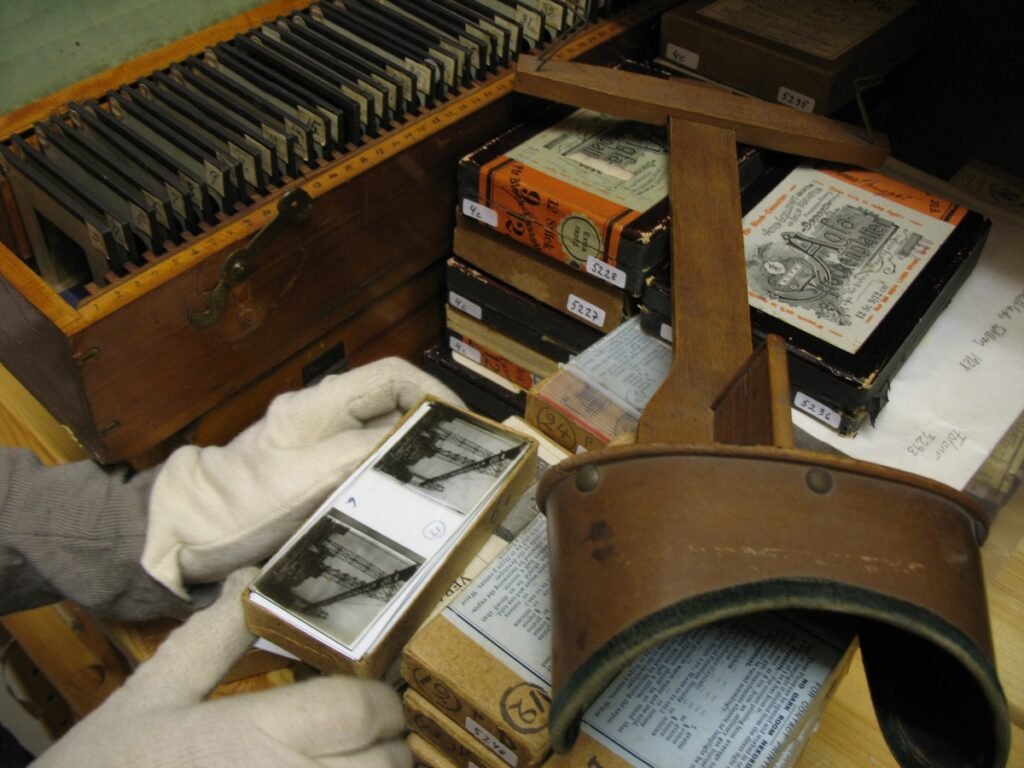You might think scientific breakthroughs come from careful planning and precise experiments. Yet some of the most transformative discoveries in human history happened completely by accident. These remarkable moments remind us that curiosity, observation, and an open mind can turn unexpected mishaps into world-changing innovations.
The stories you’ll discover show how lucky accidents reshaped medicine, physics, and daily life in ways no one could have predicted. From contaminated lab dishes to melted chocolate bars, these serendipitous moments prove that sometimes the most important discoveries are hiding in plain sight, waiting for someone to notice what doesn’t belong.
Penicillin: When Contamination Became a Miracle

In 1928, Alexander Fleming returned from vacation to find his laboratory in London contaminated with mold growing in a petri dish of Staphylococcus bacteria cultures. Instead of simply discarding the spoiled sample, Fleming noticed something extraordinary: bacterial colonies would not grow near the mold.
The mold, Penicillium notatum, was releasing a substance that killed harmful bacteria. That substance became penicillin, the first true antibiotic that changed medicine forever, leading to treatments for pneumonia, syphilis, strep throat, and more. What started as an accident on a dirty dish turned into a discovery that has saved over 200 million lives.
X-rays: Seeing Through the Invisible

In 1895, German physicist Wilhelm Conrad Röntgen was studying cathode rays in his laboratory, working with a glass tube completely covered with black cardboard. While performing this experiment, he noticed that a glow appeared in his darkened laboratory several feet away from his cardboard-covered glass tube.
He realized that an invisible type of ray was passing through objects and lighting up a chemically coated screen. When he tested the effect by placing his wife’s hand between the ray source and a photographic plate, what appeared was shocking: a clear image of her bones and her wedding ring. It was the first X-ray image in history.
The Microwave Oven: A Chocolate Bar Changed Everything

In 1945, engineer Percy Spencer was testing radar equipment at a military lab when he felt something odd – a chocolate bar in his pocket had melted. At first, he thought it was just the heat from the machine, but curiosity got the better of him. He placed popcorn kernels near the radar tube next and they popped. Then he tried an egg, which exploded.
Spencer realized the radar’s magnetron was emitting microwaves, a form of energy that could cook food from the inside out. With a few adjustments, the microwave oven was born. Originally the size of a refrigerator and used in restaurants and ships, the microwave was eventually shrunk down for home kitchens.
Teflon: The Slippery Discovery

In 1938, Roy J. Plunkett was working with gases related to refrigerants at DuPont’s laboratory. After checking a frozen, compressed sample of tetrafluoroethylene, he and his associates made an unexpected discovery: The sample had polymerized spontaneously into a white, waxy solid to form polytetrafluoroethylene (PTFE).
Despite the risk of an explosion, they cut open the cylinder and discovered that the gas inside had inexplicably solidified into a white powder. Intrigued, Plunkett put his scheduled work aside and began to test the properties of this substance. It was much more lubricating than other slippery solids, like graphite, and proved unaffected by virtually all other chemicals with an extremely high melting point.
Safety Glass: The Flask That Wouldn’t Shatter

In the early 1900s, French chemist Édouard Bénédictus dropped a glass flask in his laboratory, but instead of shattering into pieces, it held together. He discovered the flask had been coated with plastic cellulose nitrate, which kept the pieces intact.
This observation inspired the invention of laminated safety glass, a material now essential in car windshields and buildings for preventing dangerous shards. His accident and curiosity led to a discovery that now protects millions of people every day.
The Pacemaker: A Wrong Component Saved Hearts

In the 1950s, engineer Wilson Greatbatch was building a heart rhythm recording device when he accidentally installed the wrong resistor. Instead of simply recording, the device sent out electrical pulses, mimicking the human heartbeat. This accident led to the creation of the pacemaker, a life-saving device that helps regulate heartbeats in millions of patients today.
At the time, pacemakers were large, external machines. Greatbatch’s version was small enough to fit inside the human body, giving new hope to people with irregular or failing hearts. His accidental discovery has gone on to save millions of lives, and his invention became one of the most important medical breakthroughs of the 20th century.
Insulin: A Pancreas Experiment Gone Right

In the late 1880s, two doctors at the University of Strasbourg, Oscar Minkowski and Josef von Mering, were researching the pancreas’ role in digestion when they removed a pancreas from a dog and noticed that afterward, flies were suddenly gathering around the dog’s urine. They tested the urine and found sugar in it. They realized that by removing the pancreas, they had given the dog diabetes.
Those two never figured out what the pancreas produced that regulated blood sugar. During a series of experiments between 1920 and 1922, researchers at the University of Toronto were able to isolate a pancreatic secretion that they called insulin. By accident, they discovered that a substance produced in the pancreas regulated blood sugar, and this breakthrough led to the treatment of diabetes, saving millions of lives worldwide.
Radioactivity: Uranium in a Drawer

In 1896, French physicist Henri Becquerel was studying how sunlight affected certain materials. He wrapped photographic plates in black paper and placed uranium crystals on top, thinking he’d need sunlight to get a reaction. Then clouds rolled in and he left the experiment untouched in a drawer. Days later, when he developed the plates, he found clear images burned into them, even though they had been stored in total darkness.
Becquerel realized something amazing: uranium was giving off invisible energy on its own. It didn’t need sunlight – it was naturally radioactive. This accidental discovery led to one of the biggest breakthroughs in science: the study of radioactivity. It later influenced the work of Marie Curie, the development of nuclear energy, and even cancer treatments.
Conclusion: When Accidents Become Adventures

These remarkable stories prove that scientific progress doesn’t always follow a straight path. None of these “accidents” would have been the world-changing discoveries they are without the right person there to recognize their value, but they show that the best innovations can come from the unexpected. These weren’t just happy accidents – they were moments where curious minds paid attention to the unexpected. What looked like failure turned into world-changing innovation. From the mold that launched antibiotics to a microwave invented by mistake, these discoveries remind us that science isn’t just about control – it’s about curiosity.
The next breakthrough might be sitting in a messy lab right now, waiting for someone to notice what everyone else would throw away. What do you think about it? Tell us in the comments.

Hi, I’m Andrew, and I come from India. Experienced content specialist with a passion for writing. My forte includes health and wellness, Travel, Animals, and Nature. A nature nomad, I am obsessed with mountains and love high-altitude trekking. I have been on several Himalayan treks in India including the Everest Base Camp in Nepal, a profound experience.




